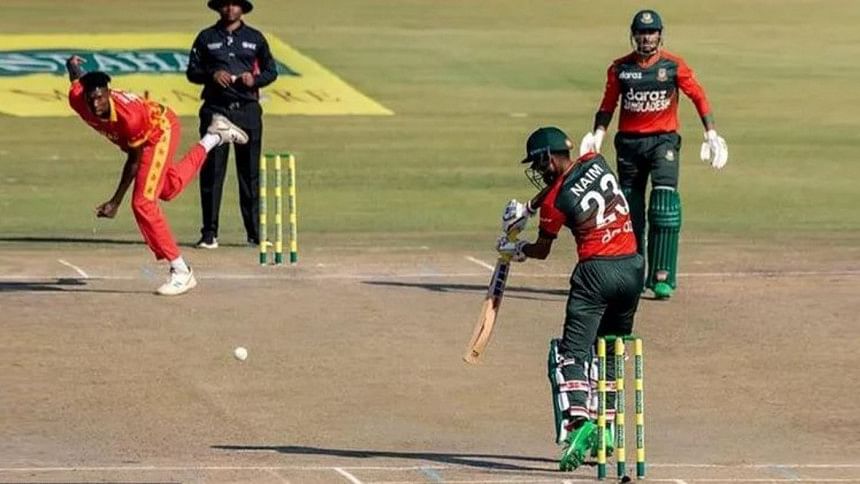A three-fold predicament

Bangladesh went to the UAE for the Asia Cup following a lot of chaos and drama and with a number of unresolved issues.
Aside from the challenge of starting the continental championship under new leadership -- with changes made both in captaincy and coaching panel -- and with an unsettled squad, the prime concern for the Tigers remains their lack of power hitters in the eleven.
Even though opener Anamul Haque Bijoy was overly optimistic regarding the matter, saying that everyone in the side has the ability to clear the boundary whenever needed, the case is the exact opposite -- at least that's what the recent trend says.
It was understandable that Anamul eventually tried to establish that 'planning and execution are more important than power-hitting in T20s'. While there should be no question regarding the emphasis put on planning and execution by Anamul, it is the execution part where things get really fuzzy for Bangladesh cricketers.
And that's what makes Bangladesh dearly miss not having an x-factor in the side who could turn the tide of the game and disrupt the opposition's plans with some lusty blows when needed, just like Hardik Pandya did in their Asia Cup opener against Pakistan on Sunday.
Bangladesh have lost four of their last five T20Is, and if scrutinised closely, three factors would come to the fore: Bangladesh's batting order usually crumbles when asked to chase anything over 150-run mark and that's because of the second and third reason which is a lack of power-hitters in the rank and their inability to utilise the Powerplay.
In their last T20I against Zimbabwe, chasing a mediocre 157-run target, Bangladesh needed 58 runs from the last five overs with four wickets in hand. However, despite Afif Hossain staying unbeaten on 39, the Tigers eventually fell short by 10 runs.
Afif, despite looking to be in fine touch, ran out of partners at the other end and the root of the problem could be traced back to when Bangladesh lost as many as three wickets while amassing 45 runs in the Powerplay.
In fact, more or less, that has been the case for most of their recent T20I encounters. In the last five T20Is, Bangladesh scored at a rate of a mediocre 7.53 in the Powerplay. That does not seem so bad, right?
The figure, however, becomes a major area of concern for the team management when factored in the fact that in trying to maintain a scoring rate that is only considered mediocre in modern T20Is, the Tigers had lost as many as 11 wickets at the top.
The only time in that period that Bangladesh had a scoring rate above 10 was when Liton Das' quick-fire knock at the top saw the Tigers score 60 for the loss of one wicket in the Powerplay against Zimbabwe in the first T20I in July. But Bangladesh still lost the game as the platform made by Liton could not be capitalised by a fragile middle order in chase of a 200-plus target.
As Bangladesh are set to play Afghanistan today in their opening game of the Asia Cup, the concerns for Bangladesh only deepen. Due to injury, Liton's role has been reduced to cheering for the side from his living room. All he, and the entire nation, can hope for is that the brand-new combination of openers that the team management had talked about employing in the continental tournament clicks for Bangladesh.
And if it doesn't, the middle order would have to compensate for which the six-hitting ability of everyone in the side, as so proudly mentioned by Anamul, will definitely need to be portrayed on the big stage.

 For all latest news, follow The Daily Star's Google News channel.
For all latest news, follow The Daily Star's Google News channel. 








Comments